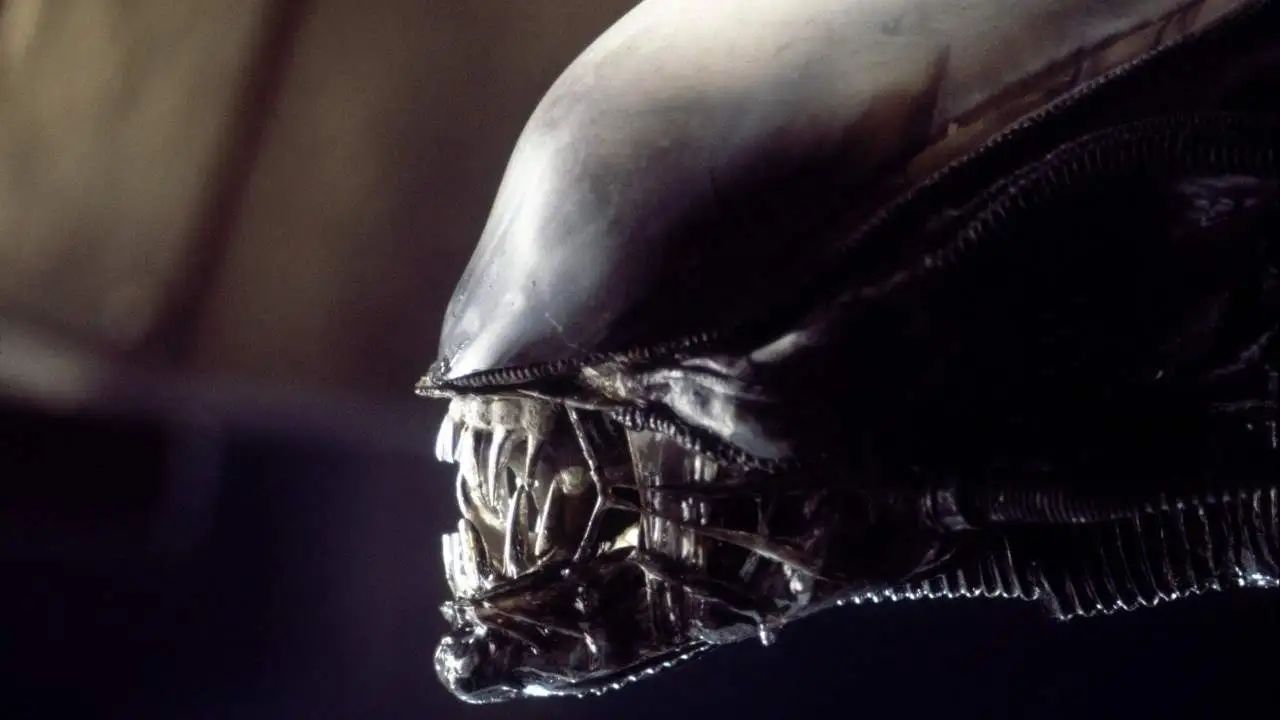
Two of cinema’s most memorable extraterrestrial characters, the fearsome Xenomorph from Alien and the beloved E.T. from E.T. the Extra-Terrestrial, were both brought to life by the same creative genius, Carlo Rambaldi. Although H.R. Giger and Steven Spielberg are credited with conceiving these characters, it was Rambaldi’s mechanical prowess that gave them their eerily lifelike qualities. Despite having contrasting emotional impacts – one designed to instill fear, the other to evoke affection – these movie aliens share a connection through Rambaldi’s exceptional craftsmanship.
Rambaldi’s journey to Hollywood started in his homeland Italy, where he combined his artistic education at Bologna’s Academy of Fine Arts with a deep interest in mechanics and anatomy. His early work in Italian cinema earned him recognition for creating lifelike special effects so authentic that director Lucio Fulci almost faced jail time when authorities suspected the mangled dogs depicted in the 1971 film “A Lizard in a Woman’s Skin” were actual animals. This event was the first instance where a special effects artist needed to legally prove his work wasn’t genuine, hinting at the groundbreaking influence his future creations would have on cinema.
From Nightmare to Dream Machine

In the movie “Alien,” Rambaldi concentrated on making Giger’s terrifying design functional, particularly crafting the Xenomorph’s mechanical head. The result was a complex system made up of wires and levers that managed around 900 moving components. These parts controlled the creature’s jaw, inner mouth, and the infamous second set of teeth that could extend at will.
The complex system enabled the Xenomorph to perform its signature move, the chilling extension of an additional jaw, with uncanny accuracy. Although Rambaldi criticized director Ridley Scott for only using “twenty” out of the “one hundred options” that the mechanisms provided, his designs made the Xenomorph one of cinema’s most iconic monsters.
Three years on, Rambaldi’s skills were recruited for an entirely new alien interaction. Following Spielberg’s expenditure of $700,000 on unsuccessful alien models for E.T., he sought the help of Rambaldi, who designed three distinct E.T. torsos, each with unique abilities. The most advanced model boasted 86 movable points across its body, while its electronic head could display 35 diverse facial expressions.
Instead of being terrifying like the Xenomorph, E.T.’s design drew on gentler influences, even incorporating aspects from Rambaldi’s 1952 painting “Donne del Delta.” Surprisingly, it took a team of twelve operators to animate this creature, yet audiences found themselves emotionally attached to what essentially was a sophisticated puppet.
The Human Touch in Alien Design

Remarkably, Rambaldi stood out due to his dedication to intricate mechanics rather than taking shortcuts. Pioneering his work prior to the digital age, he crafted tangible, lifelike creatures that actors could interact with genuinely. His emphasis on practical effects endowed E.T. and the Xenomorph with a tangible presence that modern digital effects often struggle to capture. Rambaldi himself expressed that computer-generated effects have eroded the “mystery” and “wonder” audiences once experienced, expressing sadness that “the enchantment has faded.
Rambaldi’s dedication to creating authentic mechanical designs won him three Academy Awards: a Special Achievement Award for his work on 1976’s King Kong and Best Visual Effects Oscars for Alien and E.T. His mechanical masterpieces stood as the pinnacle of pre-digital special effects, crafting unforgettable cinematic moments through skillful construction instead of relying on computer programming.
David Lynch, who collaborated with Rambaldi on ‘Dune’, noted that the artist appeared to infuse a part of himself into all his works. Intriguingly, it’s fascinating to consider how the same artistic hands shaped not only cinema’s most dreadful monster but also its most cherished alien guest. Although many viewers across generations may remain unaware of their shared creative heritage, these iconic extraterrestrials serve as a testament to the fact that practical effects, when combined with artistic insight and mechanical ingenuity, can produce enchanting cinematic magic that surpasses technological constraints.
Rambaldi’s influence persists beyond mere museum exhibits (for instance, the Smithsonian showcases the Xenomorph’s jaw), extending to the profound emotional resonance these creatures still evoke. In today’s film industry, where digital effects are prevalent, the physical artistry behind creations like E.T. and the Xenomorph serves as a reminder that sometimes, the most captivating cinematic enchantment is not engineered by algorithms, but skillfully crafted by artists’ hands.
Read More
- PI PREDICTION. PI cryptocurrency
- Gold Rate Forecast
- Rick and Morty Season 8: Release Date SHOCK!
- Discover Ryan Gosling & Emma Stone’s Hidden Movie Trilogy You Never Knew About!
- Mission: Impossible 8 Reveals Shocking Truth But Leaves Fans with Unanswered Questions!
- SteelSeries reveals new Arctis Nova 3 Wireless headset series for Xbox, PlayStation, Nintendo Switch, and PC
- Discover the New Psion Subclasses in D&D’s Latest Unearthed Arcana!
- Linkin Park Albums in Order: Full Tracklists and Secrets Revealed
- Masters Toronto 2025: Everything You Need to Know
- We Loved Both of These Classic Sci-Fi Films (But They’re Pretty Much the Same Movie)
2025-04-21 02:41